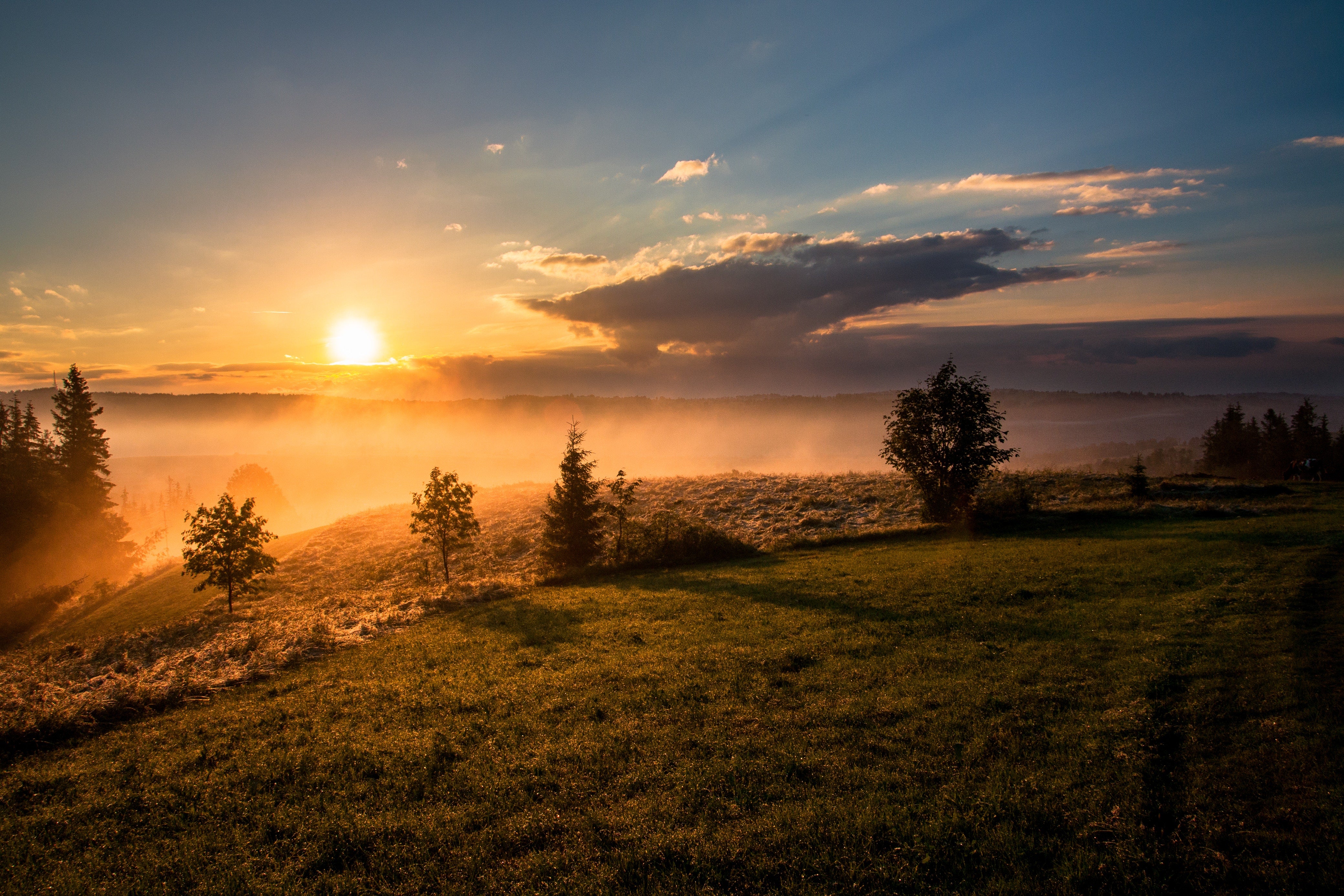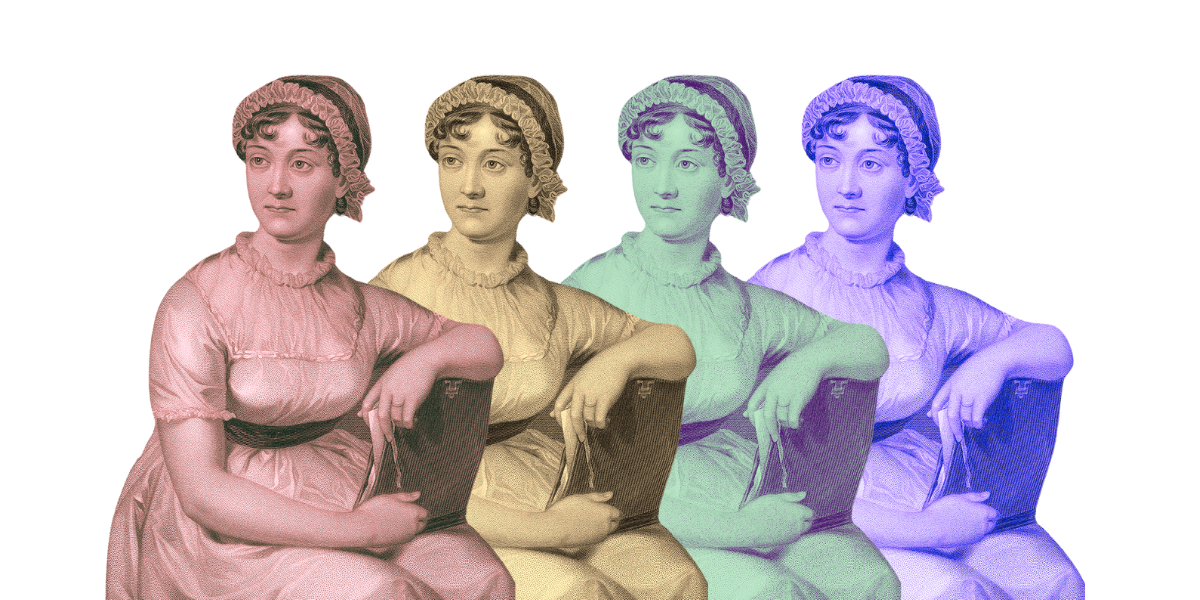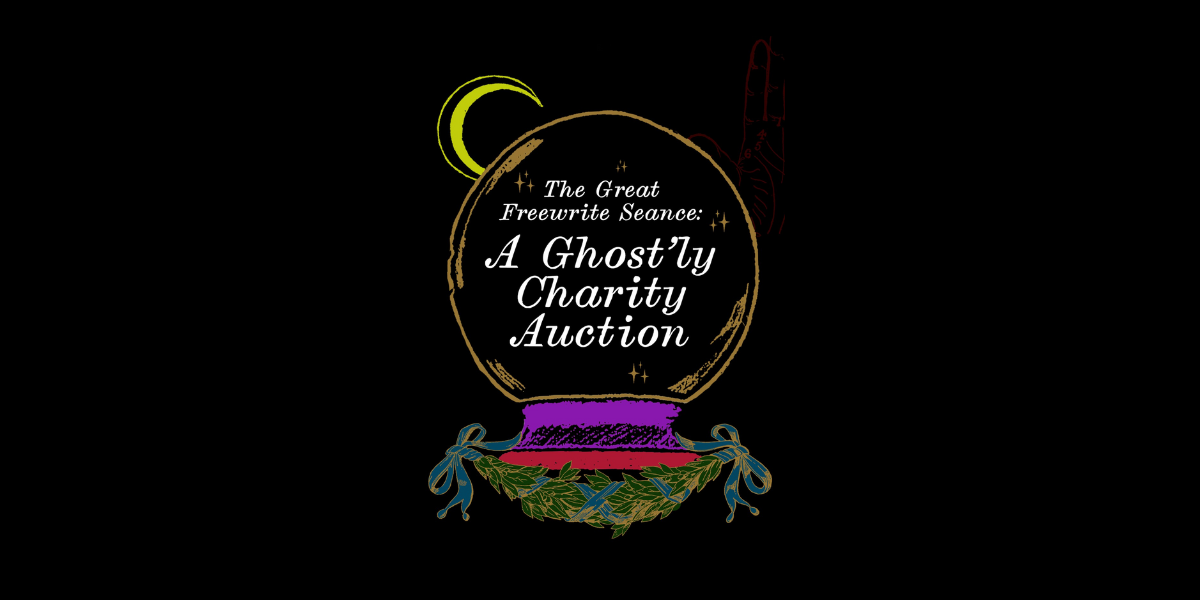Starting out as a fiction writer, you’ll be told to focus on plot, dialogue, and characterization — but there’s something else that should be on that list —that often gets relegated to the ‘not-so-important’ pile. The power of evocative description of the setting of your story is frequently overlooked — but it shouldn’t be.
I did a bachelor's degree in Creative Writing in my mid-twenties, aftermy first novel was published. (Yeah, I know that’s backward way on, but it seemed a good idea at the time!) It surprised me that vivid description of the story setting didn’t really come up until a module on ‘world-building’ for fantasy fiction.
The story setting isn’t just important in fantasy fiction. It’s important in all fiction, offering the opportunity to enthrall your readers and bring your story to life. Great fiction, I believe, is the kind that has you dreaming about the setting and the characters long after the book is finished — and if you don’t offer a vivid description of the setting to your readers, they can’t dream about it.
So, now you know why creating vivid and evocative descriptions of your setting is so important, let’s look at what goes into crafting the kind of descriptions that stick in your readers’ minds.
The Essential Ingredients of Vivid Settings
If you’re cooking a complex meal, you know that you have to measure out the exact ingredients in the recipe if you want it to turn out as expected. With vivid descriptions of settings, you also need to include a range of ingredients — although you have a little more freedom with the quantities. The ingredients of an evocative setting are the same whether you’re writing fantasy or romance, historical fiction or a crime thriller. Let’s take a look at what you need.
Sensory Details
The best descriptions of settings use a lot of sensory details. As humans, we explore our world using our five senses, so it’s only natural to use the senses to craft realistic and vivid details that your readers can easily imagine.
Sensory details — which evoke smells, colors, textures, sounds, and sensations — can instantly add power to any description of a setting. Of course, different settings will evoke different senses — and you don’t have to evoke all five senses in each description.
Let’s look at the difference that sensory details can add to your writing in the contrast between these two descriptions:
- Alex forged ahead. There was a path leading through the trees and into some bushes
- A path of crushed pine needles wound among the trees and into a shadowy clump of bracken and snow-laden rhododendron bushes. A sharp, icy wind carried the sharp tang of pine and the damp decay of leaves on the forest floor. Sunlight spilled through the canopy of trees and reflected off droplets of water clinging to the sleeve of Alex’s jacket. A twig snapped beneath his boot, and he froze, holding his breath as the deer’s head turned sharply towards him. It sniffed the air, and then, as if it could smell the danger, bolted away through the undergrowth, its hoof-beats seeming to echo the frustrated beating of Alex’s heart.

If you struggle with bringing sensory details into your writing, you could try keeping a ‘sensory diary’. By this, I mean carrying a notebook with you and spending a few minutes every day describing your setting. Focus on:
- What you can hear
- What you can see
- What you can smell
- What the surface you’re sitting on feels like
- What you can taste (this applies even if you’re not eating or drinking anything!)
Metaphors and Similes
Metaphor:
- A word or phrase for one thing that is used to refer to another thing in order to show or suggest that they are similar;
- An object, activity, or idea that is used as a symbol of something else
- For example: “Love is a battlefield”
Simile:
- a type of figurative language that describes something by comparing it to something else with the words like or as.
- For example, “Life is like a box of chocolates.”
As literary devices, metaphors and similes are tools that every writer should have in their toolbox. Although metaphors and similes can become tired with overuse, their familiarity can help instantly connect your reader with the setting you’re describing — evoking powerful sensory details without having to articulate those details.
Both metaphors and similes have extensively been used throughout the centuries — and to great effect. Take a look at these examples:

“The sun in the west was a drop of burning gold that slid near and nearer the sill of the world.”
—Lord of the Flies, William Golding
“Small flames stirred at the trunk of a tree and crawled away through leaves and brushwood, dividing and increasing. One patch touched a tree trunk and scrambled up like a bright squirrel. The smoke increased, sifted, rolled outwards. The squirrel leapt on the wings of the wind and clung to another standing tree, eating downwards. Beneath the dark canopy of leaves and smoke, the fire laid hold on the forest and began to gnaw.”
—Lord of the Flies,William Golding
“But soft, what light through yonder window breaks? It is the east, and Juliet is the sun!” —Romeo & Juliet,William Shakespeare
“In the eastern sky there was a yellow patch like a rug laid for the feet of the coming sun . . .” — The Red Badge of Courage,Stephen Crane
“The water made a sound like kittens lapping.” — The Yearling,Marjorie Kinnan Rawlings
Similes and metaphors can be overused, however, so it’s important that you don’t rely on them too much when you’re working on writing vivid descriptions of your story setting. Instead, you should aim to balance your writing with a variety of figurative techniques.
If you struggle with coming up with metaphors and similes for your writing, it may help to go through some of your favorite books and see how the authors you admire use these literary devices.
Atmospheric Details
Creating an atmosphere in your setting can truly take your scenes to the next level. Describing an atmosphere can add tension, a sense of urgency, apprehension, excitement, and so on.
In Great Expectations, Charles Dickens used atmospheric imagery in his descriptions of Miss Havisham’s house to create a vivid sense of despair and decay. The narrator, Pip, describes it as being made ‘of old brick and dismal... [with] a great many iron bars to it.’ Dickens writes:
Some of the windows had been walled up; of those that remained, all the lower were rustily barred […] While we waited at the gate, I peeped […] and saw that at the side of the house there was a large brewery. No brewing was going on in it, and none seemed to have gone on for a long long time.
‘The first thing I noticed was, that the passages were all dark and that she had left a candle burning there. She took it up, and we went through more passages and up a staircase, and still, it was all dark, and only the candle lighted us.’
The atmosphere Dickens creates is gothic — perfect for Miss Havisham — but you can use details like these to create any kind of atmosphere.
There are particular kinds of words that create an atmosphere. For example:
- Rattling
- Creaking
- Thumping
- Whistling
- Shuddering
- Echoing
Try looking at how your favorite authors create an atmosphere in their novels. Why is it so effective? Do you think some types of atmosphere are more commonly evoked in settings than others?
A Note on Authenticity
When you’re writing vivid descriptions, it’s easy to get carried away. However, unless you’re writing fantasy fiction (where you literally have a license to let your imagination run wild) or creating your own fictional towns, it’s important that the settings that you describe are authentic. Even if you’re creating a fictional town or city, you have to make it realistic.
This especially applies if you’re writing historical fiction — but it’s important for all kinds of fiction, really. Creating an authentic setting avoids jarring the reader out of the story with a detail that is out of place in the time period or location of the setting.
For example, imagine you’re reading a book set in Victorian London — in 1855. The author has been using authentic dialogue and using really evocative language in describing the setting. You’re engrossed in the story, immersed in all the details that make you feel like you can actually smell the streets of London. Then, the author has a character catching a train on the London Underground. Except you happen to know that the London Underground didn’t open until 1863. This jarring detail immediately ruins the sense of authenticity.
Always fact-check when you’re writing about settings that your readers may be familiar with. All the descriptive skills in the world can’t save a novel that is inaccurate! It can be helpful to keep a file with all the necessary details about any real-life settings to ensure you’re keeping to the facts.
Practice Writing Vivid Descriptions
If you want to master the art of vivid description, you need to hone your skills before you start working on your novel. We’ve covered all the essential ingredients for an evocative description of a setting, so now it’s your turn to put them into practice!
Here’s some prompts and exercises to get you started:
- Go and sit in your local coffee shop and spend ten minutes describing the atmosphere, the sounds, the smells, the sights, and so on. If you want to make this more challenging, try emailing your description to a friend to see if they can guess the location. If they can’t, keep practicing.
- Find a book about the history of your town or city and pick a street or location that has changed significantly during the past 100 years. Write a scene set in the location — but describe the scene 100 years ago, then 75 years ago, 50 years ago, and 25 years ago. If you know older people who may remember the location in the past, you could share your description with them to see if they would add any different details — or take some out.
- Create a fictional setting for your story, and spend 30 minutes writing a scene full of vivid description. Make sure you evoke sensory details, create an atmosphere, and use metaphors and/or similes to bring your description to life.
- Learn from one of the greatest masters of descriptive writing: J.R.R. Tolkein. In Book One of the Lord of the Rings Trilogy, he wrote: "The trees do not like strangers. They watch you. They are usually content merely to watch you, as long as daylight lasts." Get hold of a copy of The Lord of the Rings and find a passage the describes a setting. Study the language that Tolkein uses and the way that he brings the locations to life. What types of words does he use? Why are they so powerful? What similes and/or metaphors does he use? Can you identify any other techniques in his writing? Now, describe a setting using the same techniques.
- Go through one of your past stories/novels and find a couple of scenes that you haven’t used a lot of description in. Rewrite them, putting into practice the things you’ve learned about creating vivid descriptions.

























